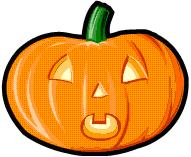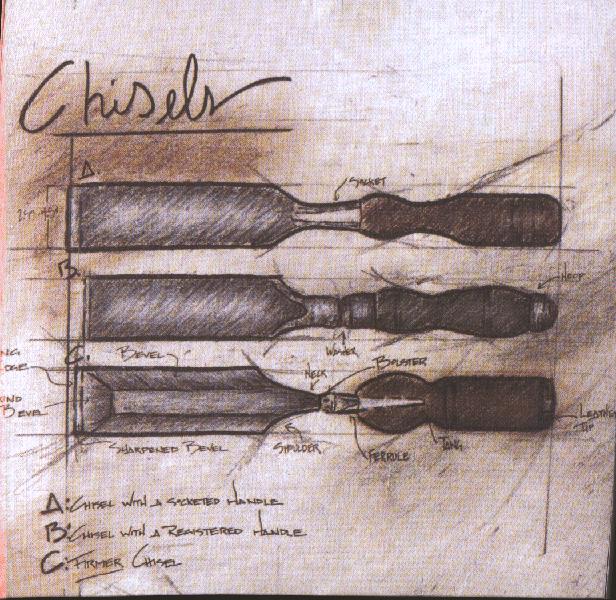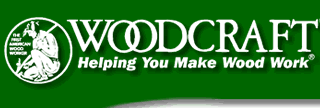SPLINTERS
Tennessee Valley Woodworkers

 Vol. 19/ Issue 10
October 2004
Editor: Tom Gillard Jr.
Vol. 19/ Issue 10
October 2004
Editor: Tom Gillard Jr. 

Meeting Notice:
The next meeting of the TN Valley Woodworkers
Will be held, October 19th at 7:00 p.m. in the
Duck River Electric Building, Dechard, TN
All interested woodworkers are invited!


The following people have agreed to serve as contacts for their particular
skills. If you have questions, suggestions for activities, or other
comments relating to these skills, please call these folks. Their
interest is to help the club better serve their area of expertise.
Your participation with them will help them achieve that goal.
Tom Cowan
967-4835 Design Phil
Bishop 967-4626
Finishing
Tom Church 967-4460
Turning Harry
May 962-0215
Carving
Bob Reese
728-7974 Sharpening Ross
Roepke 455-9140 Jointery
Maurice Ryan 962-1555
Health and Safety 
List of Club Officers
President: Ken
Gould
V. President: Barbara
Keen
Secretary: Chuck
Taylor
Treasurer: Henry
Davis
Publicity: Larry
Bowers
Webmaster: Richard
Gulley
Newsletter Editor: Tom Gillard
Jr.

Please remember, in your thoughts and prayers, all of the Military
Troops serving our country.
Calendar of Events:
October 23rd: Phil Bishop Carving Workshop
December 10th: TVW Christmas Party
December 9th-19th Pinocchio Play
In Memory
"Long time member Howard Coulson's wife Louise passed away
on Sept. 26, 2004 after an extended illness. Howard is
a Charter Member of the club, being an active member since Dec. 1985.
A memorial contribution was give to the Cowan First Baptist Church in Louise's
name."
Pinocchio Play
This is a reminder of the Tennessee Valley Woodworkers Exhibit at the
Manchester Arts Center during December 2004, and you are getting this either
because you expressed an interest on the pass around sheet or you're one
of those that I thought needed to know for some other reason.
The Pinocchio play will be playing from December 9 to December 19 at
the Manchester Art center. The actual show dates are 9-10-11-12 and
17-18-19. Sunday show times are 2:00 PM. All other days are
7:30 PM.
There will be a 20-minute intermission between the first and second
acts. Viewing in the exhibit area and lobby is before and after the
show and during intermission. A MAC monitor will be at the exhibit
room door to ensure that an adult accompanies children.
Any wood item is welcome, but the hope is that members will provide
some items related to the theme of the show; either Pinocchio figures or
something in the line of toys.
Final arrangements will be announced as they develop.
The MAC staff is arranging publicity for the event.
Thanks for your interest in the exhibit. If you have any questions,
contact me at 931-728-9952. Loyd
Coffee County Fair
We had another good year at the Coffee County Fair. The participitation
of the club was about 25%. That is great! Along with the demonstrations,
we conducted the turning bee with only one participitant this year.
He really got the attention. The highlight of the week was Friday
night when Russ and the band took center stage. There was a porch full
of players and most of the instruments were hand made by club members.
Front Porch Jamming
Young woodworkers
Making Shavings
Display
Thanks to all the folks who contributed, see you next year.
The fair committee.
SHOW AND TELL
David Jacobs brought a Hall Tree
(bench) made from beautiful cedar. The finish was polyurethane.
Loyd Ackerman displayed a walnut table
with fluted legs. He discussed the special precautions he used for
the wood movement. The finish was Deft oil, lacquer and auto polish.
Doyle McConnell brought a 26-inch
diameter box elder bowl. He used epoxy to fill the voids and finished
with lacquer.
Henry Davis displayed a beautiful Bombe
design jewelry box made of walnut. The top panel was made from a walnut
burl. The finish was satin varnish.
Ross Roepke brought two small boxes
constructed using special decorative joints.
Maurice Ryan brought a large ship
model that he had restored. He restored the ship for a family member,
who had the ship for a very long time and much damage had occurred over
time.
Bob Leonard showed a cutting board
made from maple and cherry. The board was finished with mineral oil.
Jim Van Cleave had a relief carving of a Calla
Lilly. The carving was in black walnut. Jim also discussed his storage
box for wood chisels.
Ken Gould brought a “captive ring” tool he had made from a planer blade.
He also had a hand-forged roughing gouge, made from an auto leaf spring.
FOR SALE
Craftsman 10 inch Radial Arm Saw with leg set and new table top.
$350.00
Henry Davis, 393-3191
Wet Stone Debate
Click HERE
Free from WOOD. Mission Clock plans (size of file: 700k)
Click HERE
Franklin County Library Request:
Tom McGill attended a preliminary meeting with the library and is working
on the sizes of the cabinets needed. They will be approximately 22
feet long. He will call a meeting of volunteers to decide how to
approach the project.
Cherry
The popular choice for bronchitis, bounce, and breakfronts
Once only an imitator, cherry has earned its place among woodworkers'
fine hardwoods. And who hasn't tried a wild cherry coughdrop?
Brief History
Black cherry (Prunus serotina) was abundant when the first settlers
came ashore in the New World. And, fortunately, the wide distribution of
the seeds of its fruit by birds have always assured us of a supply.
Colonial furniture makers called cherry "New England Mahogany" because
of its tendency to turn dark red-brown after exposure to sunlight, and
used it side by side with the real thing.
Black cherry has a variety of nicknames--choke cherry, rum cherry, whiskey
cherry, and wild cherry--all due to the use of its small, bitter, dark
purple fruit as a flavoring in jellies, and drinks, such as the potent
"cherry bounce." Extractions from its bark have long been an ingredient
in medicines for bronchitis and coughs.
Wood identification
Of the many cherry species found in Europe, Asia, and the United States,
only black cherry is commercially important.
Cherry wood has a straight, satiny grain, often with a ripple figure.
Heavy and hard, stiff and strong, the wood resists knocks and other abuse.
When first cut, cherry looks a pale, pinkish brown, but it gradually
darkens to a mahogany-like red. Often, the very light-colored sapwood,
as well as resin or gum pockets, will be present in boards. FAS (firsts
and seconds) grading standards accept their presence, but woodworkers shouldn't.
Cherry veneers, normally plain-sliced, feature straight grain, though
you'll occasionally find gummy (with resin pockets) and a mild ripple figure
available.
Working properties
While cherry shrinks considerably in the drying process, contraction
and expansion are moderate after seasoning.
Cherry works well with all hand and machine tools, although it will
burn if cutting edges aren't extremely sharp. Carvers and wood turners
find that cherry adapts well to the knife and lathe, too. It takes a radiant
finish, and its rich, natural color most often goes unstained.
Uses in woodworking
Because cherry withstands shock, compaction, and abuse, furnituremakers
as a general rule love working with it. Choice cherry logs find their way
into veneers for architectural paneling and into hardwood plywood for cabinets.
And solid stock becomes fine furniture, musical instruments, carvings,
and turnings.
Cost and availabilitly
Cherry-veneered hardwood plywood remains expensive, but the cost of
cherry lumber approximates that of oak, depending on how far you live from
the supply. Boards normally run to about 10" wide because cherry is a comparatively
small tree. And lengths usually don't exceed 12'.
Black cherry grows from the Dakotas south to Texas, east to northern
Florida, and north to Nova Scotia. The Appalachian mountain region of Pennsylvania
and West Virginia have the largest stands.
Illustration: Steve Schindler
WOOD
On-line
See you
on the 19th.
click on the image to go to these sites
Donations to the club have been made by these companies.
Thanks,


 Vol. 19/ Issue 10
October 2004
Editor: Tom Gillard Jr.
Vol. 19/ Issue 10
October 2004
Editor: Tom Gillard Jr. 
![]()
![]()
![]()
![]()

